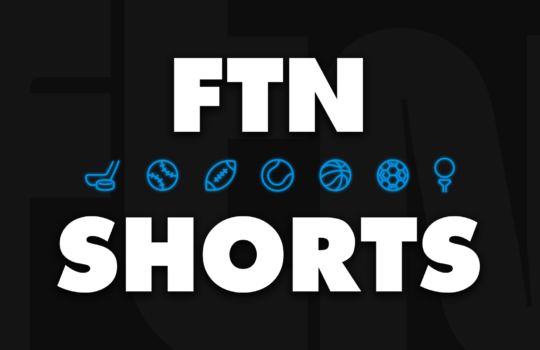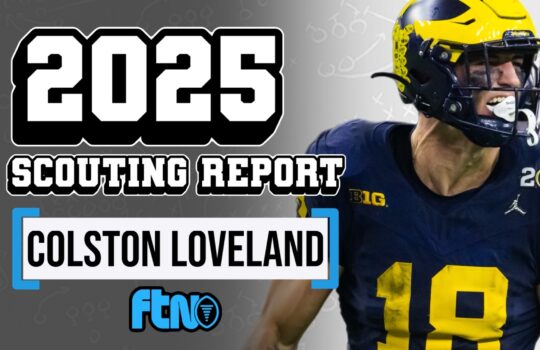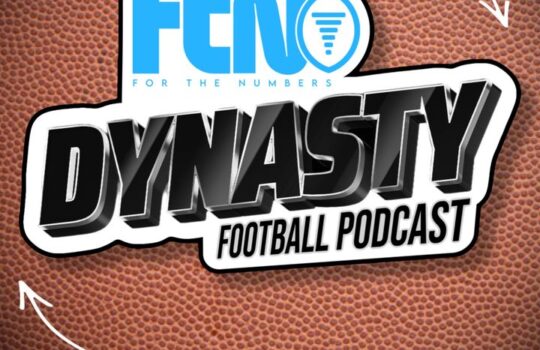
Wading into the world of golf betting can be daunting. You can pull up almost any book that offers golf and there seems to be hundreds of options and that can get overwhelming. The goal today is to skim the surface of where to begin and what may be the best type of golf wagering for you.
Main types of golf bets
Outright/win: Picking a winner is the most popular golfer wager and the most gratifying to hit. Most of the time favorites start around +800 to +1200 and options can grow to upward of +50000, depending on the field and book. They are fun bets to make and sweat but beware, outright markets have a lot of vig/juice/hold baked into them, especially on the long shots. Often, the real longshots aren’t priced properly and despite having huge odds, they should be even longer. Keep this in mind when placing wagers on golf outrights. You may not want to spend your whole weekly bankroll here and perhaps attack other markets as well as outrights.
Top 5/10/20: Like outright winner bets, these markets have higher juice than a typical head-to-head matchup, but I have found these markets to show more value. This type of bets is wagering on a golfer to finish in the top five, 10, or 20 final spots. Unlike outrights where you must have the winner, these bets allow you to still win money even if your golfer ties for the last spot in the respective wager. However, a majority of books have “dead heat” rules, which can vary book to book. This normally means that if you tie, your bet odds will be reduced the more golfers that tied for the final payout position.
An example would be if you had a top-10 wager on a golfer, with odds of 10/1, and they tied for eighth place with four other golfers. Your bet amount ($10) would be multiplied by three-quarters because there are only three spaces (eighth/ninth/10th) to fill out the top 10, but four golfers are occupying the space. So, your wager would go from a $10 to $7.50, three-quarters of the initial. You would now multiply that $7.5 by your odds (10/1) and your payout would be $75.
First-round leader: Just as it sounds, you’re betting on which golfer will be leading after the first round. This is a type of bet that I make a handful of times per year, mainly when it appears there will be an advantage in one of the starting waves. Golfers tee off in morning and afternoon waves — typically 7 a.m. local and after noon. Wind can have a large effect on player scoring and often can be worse in one wave or another. Greens are typically softer in the cooler mornings, while certain grasses on greens get bumpier in the afternoon and have more foot traffic by then as well. These are just some examples that can lead you to finding an advantage for a FRL bet when you can remove a large portion of the field.
(Like outright wagers, there is often more juice in these types of markets. Dead-heat rules often apply to first-round leaders as well, so be sure to read the individual sportsbook’s rules.)
72-hole matchups: This is a moneyline bet (although some sites offer strokes) on one golfer against another over the course of the entire event (72 holes if both golfers make the cut). I believe these bets offer the best value in golf betting, but they aren’t as sexy as hitting a 40/1 winner. It’s important to note that if one golfer makes the cut and the other does not, the golfer who makes the cut wins the bet, even if he plays horribly on the weekend and ends with a worse score than the opposition. In a two-way market (where odds on a tie are not offered), if both golfers tie, the wager is graded a push and you receive your wager back.
It’s rare, but say one of the two golfers withdraws midround, the golfer who completes the most holes is the winner of the bet, no matter the finishing score. Again, always be sure to read the rules of the sportsbooks you’re using. They may have variations to these standard rules.
Three-balls/two-balls: These bets are between groups or pairs of golfers playing together on a specific day. During the first two rounds, three-balls are offered, where you’re betting on the winner of a specific threesome playing together for a single round. Rounds 3 and 4 are limited to two golfers together and are named two-balls.
Single-round matchups: The difference between single-round matchups and two-balls is that single-round matchups aren’t necessarily two golfers playing together. The bet is a head-to-head matchup for whichever round is about to be played.
Live betting: Live betting is growing fast, and that includes golf. The most common live bet is on an outright/winner, but more options are being added. Some books will post “who will win next hole” or “will Tiger Woods make a birdie on hole 12,” etc. More and more props will be offered as the popularity increases.
















































 New York Jets
New York Jets  New England Patriots
New England Patriots  Miami Dolphins
Miami Dolphins  Buffalo Bills
Buffalo Bills  Pittsburgh Steelers
Pittsburgh Steelers  Cleveland Browns
Cleveland Browns  Cincinnati Bengals
Cincinnati Bengals  Baltimore Ravens
Baltimore Ravens  Tennessee Titans
Tennessee Titans  Jacksonville Jaguars
Jacksonville Jaguars  Indianapolis Colts
Indianapolis Colts  Houston Texans
Houston Texans  Las Vegas Raiders
Las Vegas Raiders  Los Angeles Chargers
Los Angeles Chargers  Kansas City Chiefs
Kansas City Chiefs  Denver Broncos
Denver Broncos  Washington Commanders
Washington Commanders  Philadelphia Eagles
Philadelphia Eagles  New York Giants
New York Giants  Dallas Cowboys
Dallas Cowboys  Minnesota Vikings
Minnesota Vikings  Green Bay Packers
Green Bay Packers  Detroit Lions
Detroit Lions  Chicago Bears
Chicago Bears  Tampa Bay Buccaneers
Tampa Bay Buccaneers  New Orleans Saints
New Orleans Saints  Carolina Panthers
Carolina Panthers  Atlanta Falcons
Atlanta Falcons  San Francisco 49ers
San Francisco 49ers  Seattle Seahawks
Seattle Seahawks  Los Angeles Rams
Los Angeles Rams  Arizona Cardinals
Arizona Cardinals 










 Boston Celtics
Boston Celtics  Brooklyn Nets
Brooklyn Nets  Philadelphia 76ers
Philadelphia 76ers  New York Knicks
New York Knicks  Toronto Raptors
Toronto Raptors  Chicago Bulls
Chicago Bulls  Detroit Pistons
Detroit Pistons  Milwaukee Bucks
Milwaukee Bucks  Cleveland Cavaliers
Cleveland Cavaliers  Indiana Pacers
Indiana Pacers  Orlando Magic
Orlando Magic  Atlanta Hawks
Atlanta Hawks  Charlotte Hornets
Charlotte Hornets  Miami Heat
Miami Heat  Washington Wizards
Washington Wizards  Denver Nuggets
Denver Nuggets  Minnesota Timberwolves
Minnesota Timberwolves  Oklahoma City Thunder
Oklahoma City Thunder  Portland Trail Blazers
Portland Trail Blazers  Utah Jazz
Utah Jazz  LA Clippers
LA Clippers  Golden State Warriors
Golden State Warriors  Los Angeles Lakers
Los Angeles Lakers  Phoenix Suns
Phoenix Suns  Sacramento Kings
Sacramento Kings  Dallas Mavericks
Dallas Mavericks  Houston Rockets
Houston Rockets  Memphis Grizzlies
Memphis Grizzlies  New Orleans Pelicans
New Orleans Pelicans  San Antonio Spurs
San Antonio Spurs 










